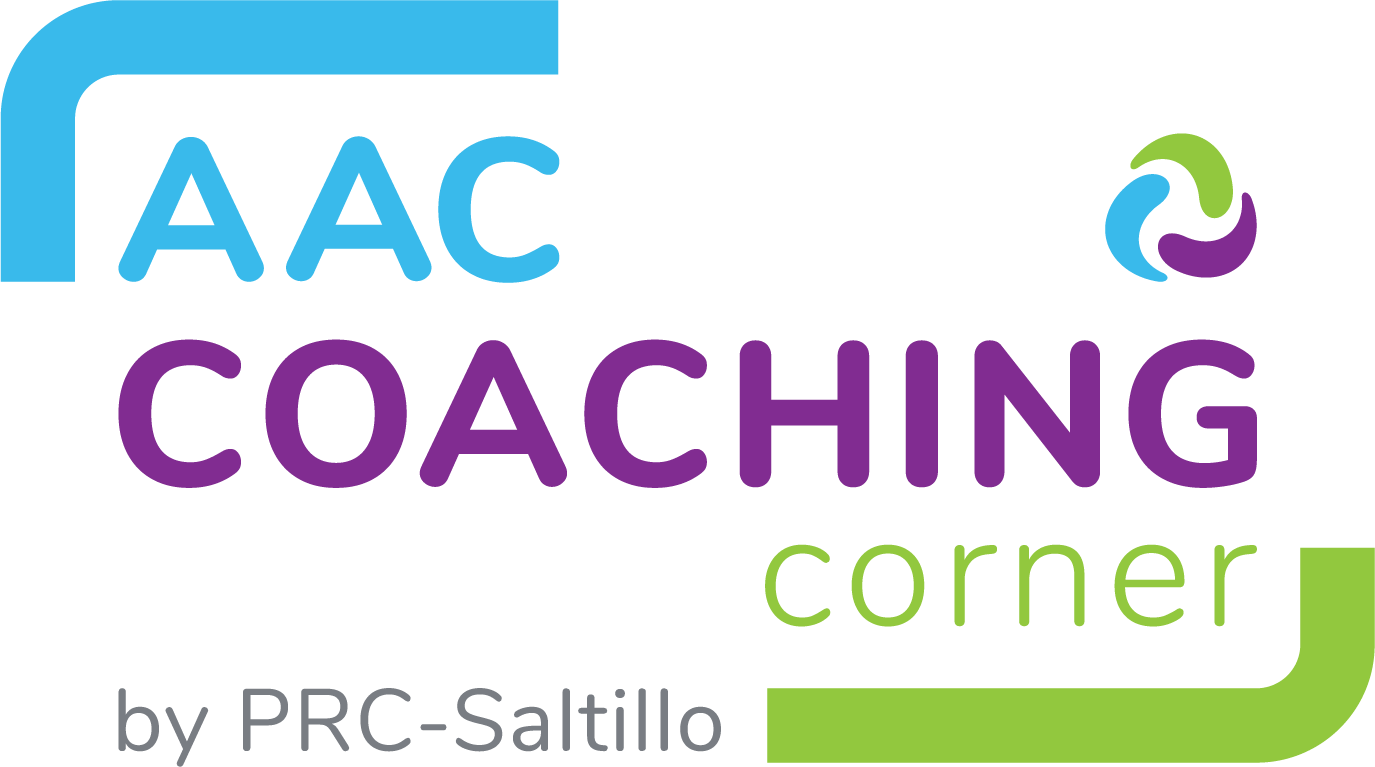
_By Ryan Knoblauch, SLP, blogger The Speech Knob
As speech language pathologists, we must continue our education and keep on top of current trends and evidence-based treatments. Over the past few years, I’ve attended several professional development conferences and some have stood out over others. I previously spoke of my my experience attending the Language Acquisition through Motor Planning (LAMP) conference, which was one of my career awakening moments. So it came to no surprise that attending the Prentke Romich Company’s “Reality AAC” conference by Jane Odom that it would continue to peak my interest in augmentative and alternative communication (AAC).
Speech therapists are always asking for interesting, pertinent, and must-attend professional development opportunities. Prentke Romich Company’s live, in-person conferences are both trailblazing and ahead of their competitors. If you visit their website, you’ll see that they offer both product training (learn about the technology) and implementation classes (how to teach individuals to use communication devices). I haven’t had a chance to explore their online courses, but I can say that I’ve thoroughly enjoyed the in-person training. With that said, here were some of the highlights from the Reality AAC conference I attended recently.
To begin with, all of the teachings at the Prentke Romich conferences are universal to all AAC devices. Their focus isn’t so much on purchasing and using their devices, but rather on how to get individuals communicating using their AAC devices. What I liked best about the “Reality AAC” conference was that it was for parents, paraprofessionals, and teachers too. Being an SLP and seeing the audience primarily made up of these people made me excited.
For the sake of making it short and sweet, here are brief take-aways about using Core Vocabulary in a variety of settings that I learned from the conference
Activity Ideas:
Active Listening.
Teach and use words that we use in our everyday language to show that we are participating in the conversation. Teach words like cool and yuck and really. Sometimes we get so focused on requesting that we forget that there are other reasons to communicate. One of them is being social and we need to remember that. This kind of reminds me of the phrases of Fat Cat Snappy Chat, which I wrote about previously.
Dueling Devices.
This one can be fun. I’ve tried this with a couple of students and they love racing me to see who can create a sentence first. We took a list of sentences from a classroom lesson and we practiced once. Did a trial race second. And then we did the final race to see who was the winner. We kept a tally and the student loves to see victories (me too). Get creative. It doesn’t have to be classroom work. Try funny poems from Shel Silverstein. Or try jokes.
by RubyGoes Flickr CC
Film “News” for morning meeting.
Have the person introduce segments or provide the weather. Today will be sunny. There is no chance of rain. Wear your sunglasses. Think about it. You can kill it with core vocabulary in activities like this. It’s also great video modeling. Have peers do the same. Have the teacher and staff do it. It’s great practice. Plus, everyone likes to see a finished project. Show it on the SMART Board.
Play Describe It.
Show pictures of animals and other interesting things and have students describe it using core vocabulary words. It is big and gray. It has large feet. It eats peanuts. It has two black eyes. It is loud. Maybe you could have the student give the clue and then the teacher can do a “reveal” on the SMARTBoard. It’s a pretty easy activity to figure out how to do on a SMARTBoard. You can set a picture as the background and then place solid color squares over the top. After each clue, take away one of the squares.
Dictate using AAC to make holiday cards.
This is a great activity to do at home with the family. Sit down with your student and write out cards. Give them two or three phrases to say in the cards. Have them tell you which one they would like to say.
I Spy.
Need to kill some time? Kids love playing I Spy. I see something yellow. You eat it. It is on the counter. You peel it. You eat it with ice cream. You can make bread with it. Give some options. Give them a picture card with prompts already on it.
 kaminskytoyclose by Jenna Flickr CC
kaminskytoyclose by Jenna Flickr CC
Mad Libs.
This is a fun activity to do at home too. Go through and pick the words that fill in the blanks. You’ll be able to explore the AAC device to find the words, which is great practice for motor planning (for the student and YOU). Then, have the student read the story.
Scavenger Hunt.
This is fun for kids and their families. Have someone hide things throughout the house. Have the AAC user give clues (which can be created ahead of time). You are looking for a monkey. It is in the kitchen. Look under the sink. You are getting hotter. It is by the soap. You get the idea.
The Reality AAC conference was chock-full of functional activity ideas. As I as I sat there, I thought of all of the things that we could be doing at home. Parents are always asking how they can use the AAC devices at home. Because I can only see kids about 30-60 minutes a week, that is barely touching the tip of the AAC iceberg. We need to keep providing opportunities that are fun and engaging to get these AAC device out and being used. It’s an important part of the job as a speech language pathologist to keep sharing these ideas and trainings so that we can get everyone involved. With that said, I encourage you to check out PRC’s trainings to give you practical ways to get AAC up and running.
Ryan is an ASHA certified speech language pathologist who practices in Ohio and Michigan. Born and raised in Indiana, Ryan began his career as a speech language pathologist/teacher in Colorado and eventually made his way back to Ohio. He works primarily in the school setting, but also moonlights in nursing/rehab facilities as well as home healthcare.
There are no comments yet. Be the first to post!You must be logged in to post.
Stories and Strategies fo...















